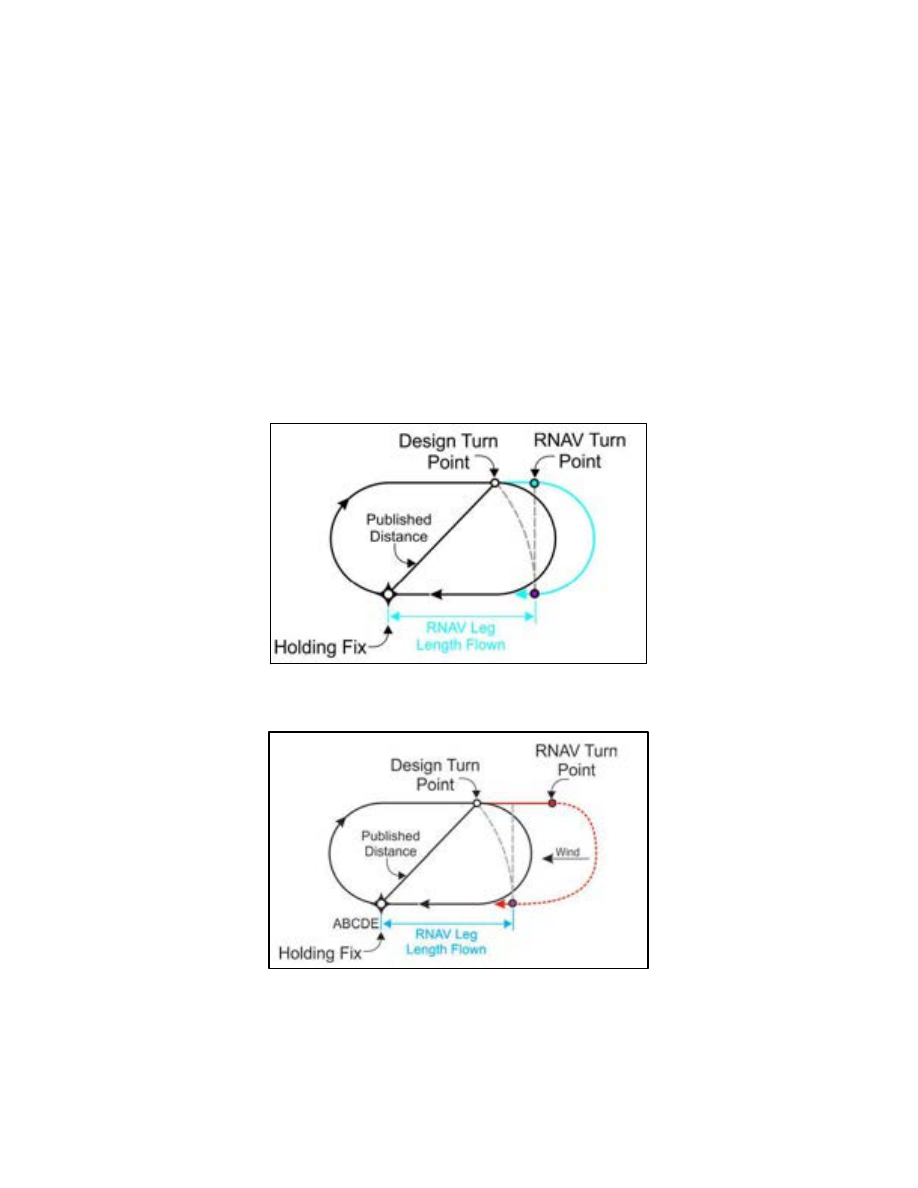
4/20/23
AIM
(RNAV) Operations. RNAV 1 and RNP 1 procedures must maintain a total system error of not more than 1 NM
for 95 percent of the total flight time. Minimum values for A
−
RNP procedures will be charted in the PBN box
(for example, 1.00 or 0.30).
2.
In the U.S., a specific procedure’s PBN requirements will be prominently displayed in separate,
standardized notes boxes. For procedures with PBN elements, the “PBN box” will contain the procedure’s
NavSpec(s); and, if required: specific sensors or infrastructure needed for the navigation solution, any additional
or advanced functional requirements, the minimum RNP value, and any amplifying remarks. Items listed in this
PBN box are REQUIRED for the procedure’s PBN elements.
Departure Procedures
5
−
2
−
15